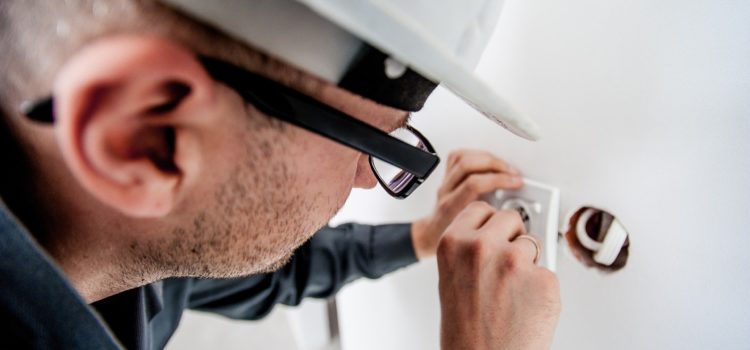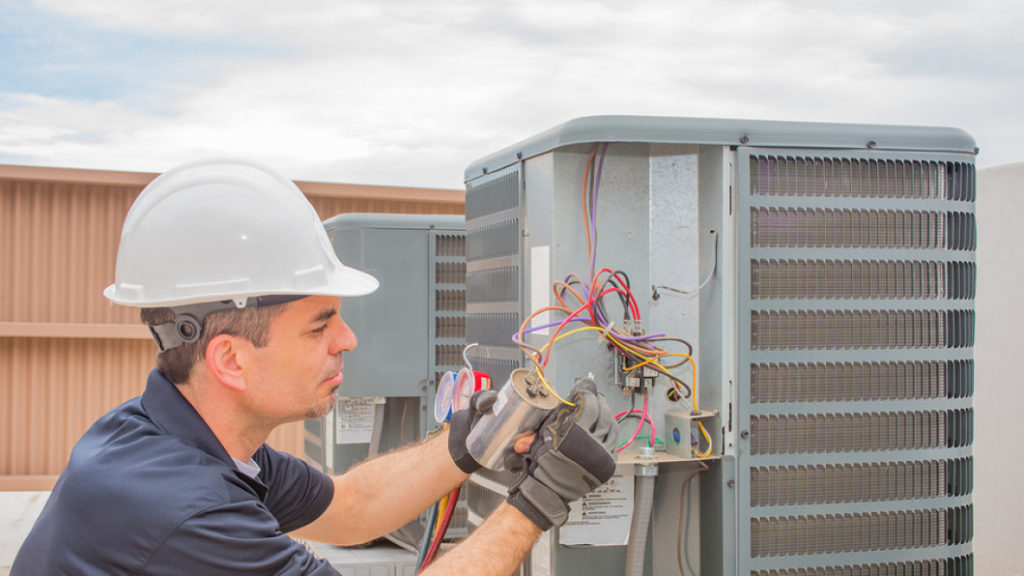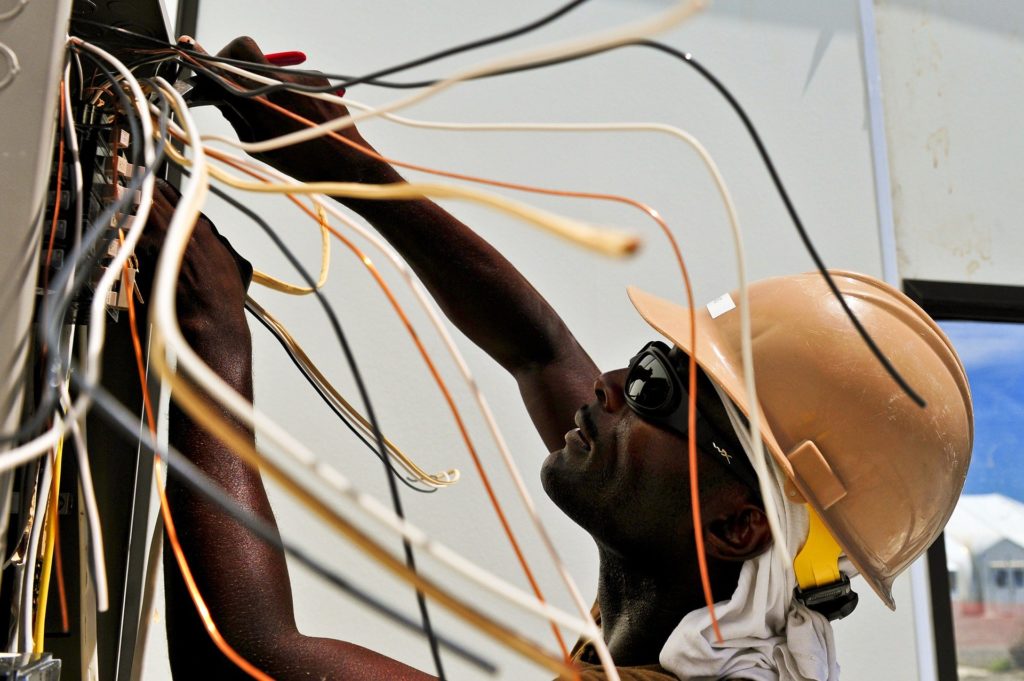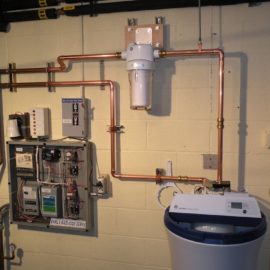
Small electrical issues are the usual things that tend to happen every day in your life; however, sometimes, these minor issues can be a danger for you and your family. It can severely impact the safety of your home. Truth be told, small electrical problems are quite common in any home, and modern wiring is not immune from the occasional short circuit. Luckily, many of these issues can be identified and resolved with a little knowledge about your home electrical system and some handy tools.
The difficulty of troubleshooting and repairing electrical problems can vary depending on the age of your home’s wiring and the severity of the issue.

The first step to solving any electrical problem is finding the actual problem. If one outlet in a room isn’t working, the problem may be at that outlet or the one before it in the circuit. If a light doesn’t work, it may be as simple as the bulb is burned out, or a bad switch, or a bad light socket, or maybe even a dropped neutral or hot wire on an outlet that powers the circuit. The hardest part is always finding the problem; the repair is usually easy.
Finding electrical problems is made much easier with a multi-meter. For a novice, and even for experts, circuits should be turned off at the breaker panel before you work on them, unless of course you need to check for voltage at a location using your multi-meter. For a video on how to use a multi-meter you can easily find several on your favourite video site, like you tube.
With some basic multi-meter know-how, and a little patience, most electrical problems can be found in fairly short order. In lighting circuits, once you have ruled out the bulb, the switch is good place to start. Switches are mechanical devices which get turned on and off over and over. They break or wear out regularly. First, with the power still on and the switch off, check to see if one of the two terminals is live, or hot. Then turn the switch on and see if the other terminal gets live. If not, then the switch is bad and should be replaced. Do not forget to turn off the power to the circuit before fixing it.
Outlets are wired in series, that is one feeds the next and the next and so on. If one hot or neutral wire gets pulled off or burns off an outlet, the rest of the outlets in that circuit won’t work. Yanking cords out of outlets is a primary cause of this problem, as well as circuit overloading (IE: too much stuff plugged in at once on the same outlet or the same circuit.) If you are overloading your circuits, you may want to consider having a new circuit run to that area, so you can split the load between the two circuits.

Burned wires are caused by loose connections or circuit overloading… occasionally I have seen lightening strikes cause it too, but that is normally right at the meter box. Fix burned off wires by first ensuring the circuit is turned off, then cutting off the burned wire, stripping it back again and tightening it into place. If the wire is burnt off at an outlet or switch, replace that item, they’re much cheaper than having a potential fire in your house, right? The electrical system is no place to cut corners.
Check or tighten your outlet screws and make sure that there is nothing strange going on behind the face-plate. If you are not so electric savvy, contact Lion Electric in Mississauga, ON, they will help you.



